SET Reference Amplifier

Single-ended 20-watt amplifier using the 845 tube (or the 211 tube) with ZOTL technology. Large, externally packaged chokes provide energy storage and are available either copper wound or silver wound.
211 / 845 Monoblock Amplifiers
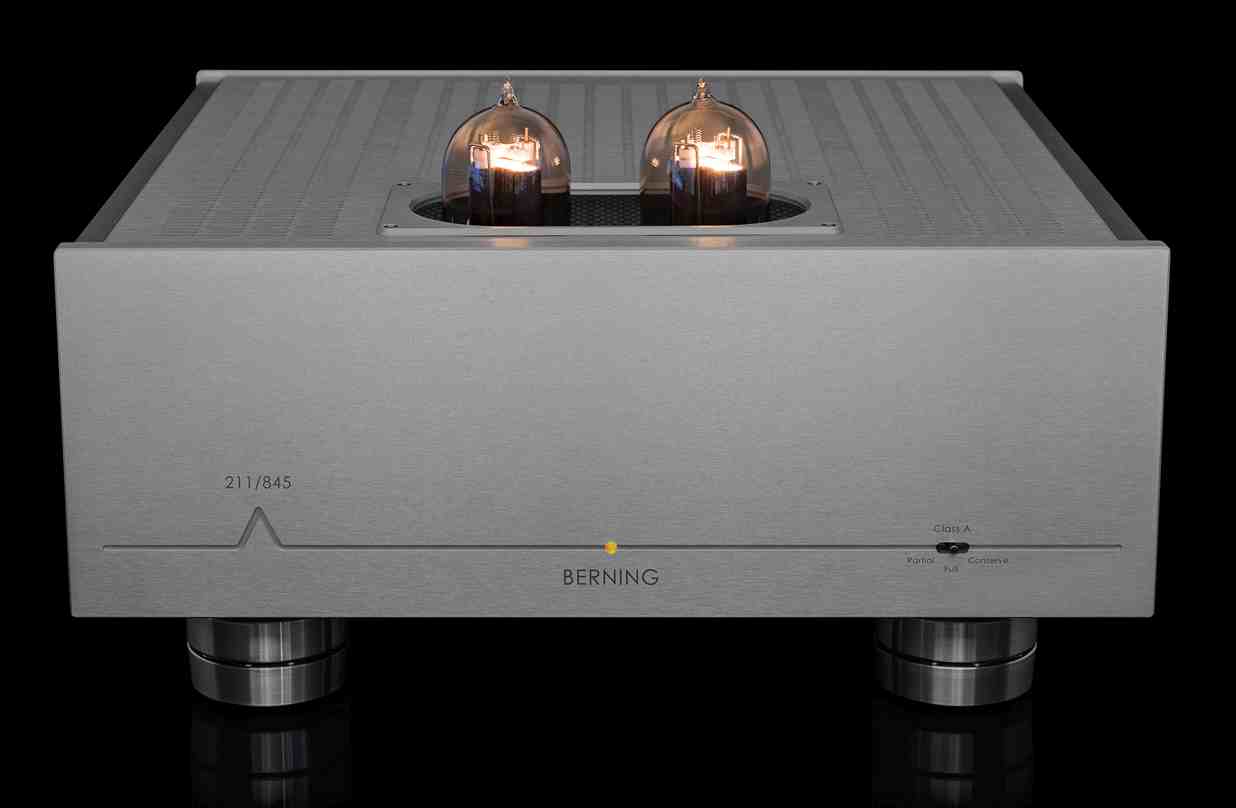
211 or 845 output tubes. Fully automatic biasing for either tube. Output Transformerless 60 watts Class A. Constant output impedance over entire audio spectrum. Mono Block format. Low noise floor for high-efficiency speakers. Both balanced and single-ended input. Zero feedback. Proprietary switch-mode power supplies with high energy storage and full Power-Factor Correction for global plug n' play operation. No adjustment is ever required.
ZOTL Pre One Audio Preamplifier
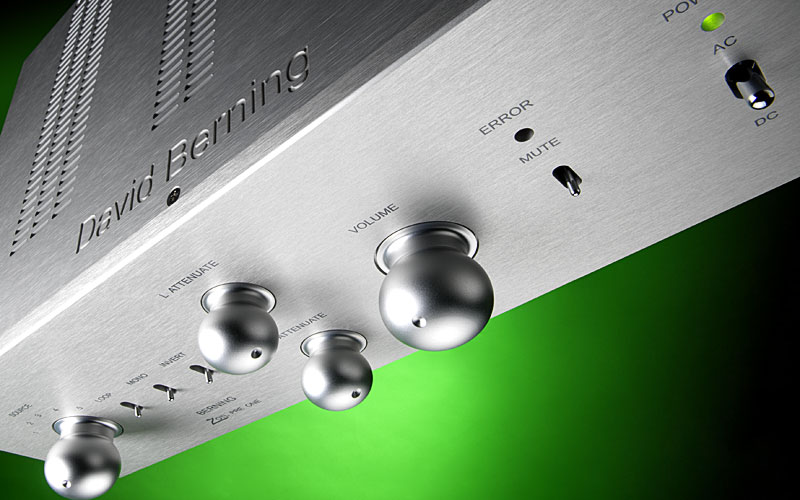
ZOTL Technology provides in Pre One an unusually robust output drive to effectively overcome interconnect cable parasitics and, optionally, directly drive headphones. This uncommonly powerful output capability ensures that signal fidelity at the preamp is maintained and faithfully propelled to the amplifier.
ZH-230 Dual 30W Audio Amplifier
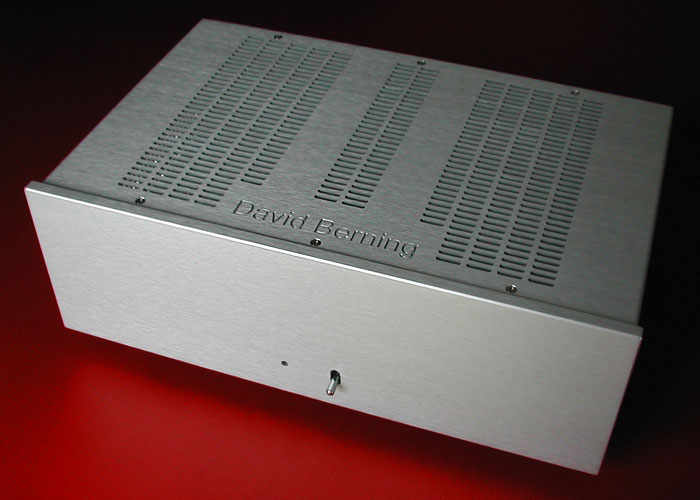
ZOTL Technology in this dual 30 watt package provides faithful amplification, high reliability, and uniquely allows for automatic biasing of various combinations of tubes. ZH-230 features low-weight, cool operation, constant output impedance, tight regulation, and high fidelity amplification. A Class-A 12 Watt single-channel version is also available.
Quadrature Z 200W Power Amplifier
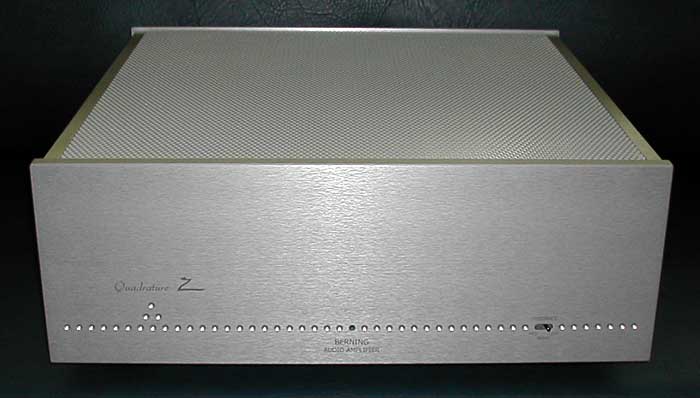
Quadrature Z combines impressive instantaneous power capability with astonishing musical delicacy to effortlessly drive the most difficult speaker loads.
microZOTL 2.0 ... it's baaack
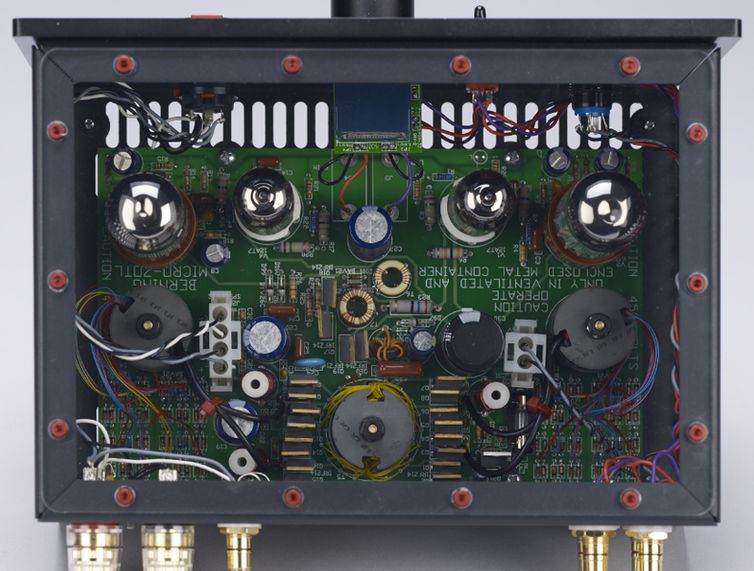
It's back. And more remarkable than ever. Newly configured, this micoZOTL amplifier utilizes David Berning's highly refined no-feedback Class A triode design coupled with his extremely sophisticated ZOTL power supply and impedance conversion circuitry.
A New Kind of Tube Amplifier ... for Musicians
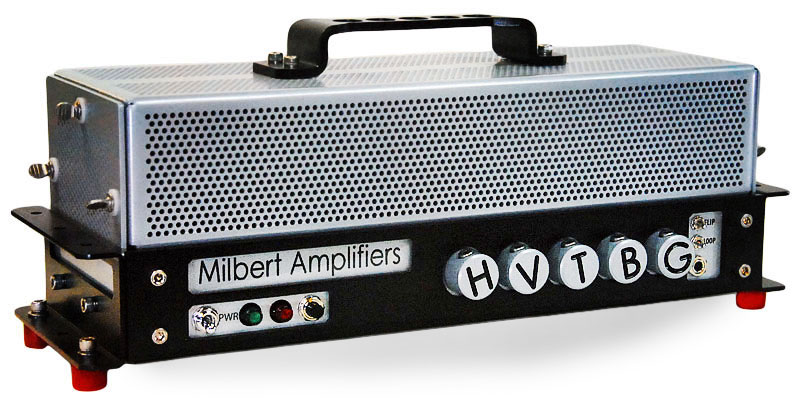
Bringing Berning ZOTL Technology to music-makers in a pinky-weight top-quality package, the Guitar Artists' Guitar Amplifier offers over 1.6 million possible plug-n-play tube combinations for limitless tonal variety and blissful creative muse in a veritable tube-tone alchemy set.
12-Volt Mobile Tube Audio
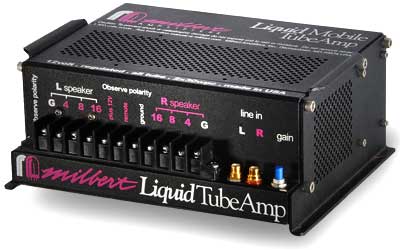
The venerable BaM-235ab and the Liquid are 12-volt mobile tube amplifiers based on Berning designs. Tube preamp/crossovers operating from 12-volts are also available.
Upgrades & Product Support
All Berning products are fully supported, even those dating back 40 years or more. Owners manuals, pictures, information, service schematics and notes are available.
|
|
ZH-230 Amplifier
"Harmonically sophisticated."
"...instruments sounded right."
"...the anointed new king."
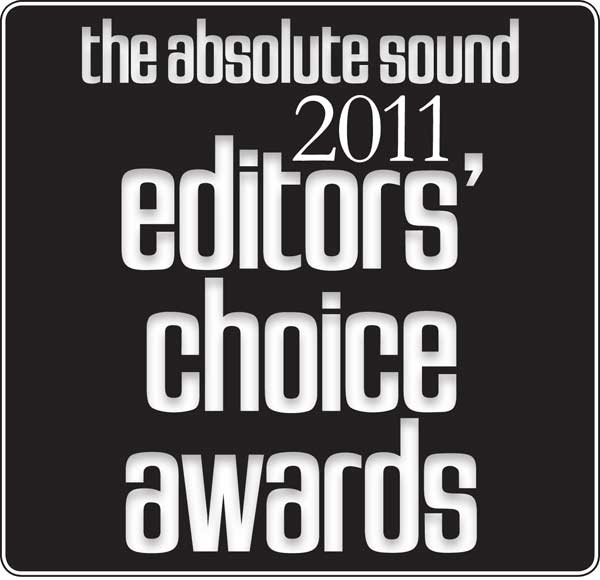
Editors' Choice Award:
2011, 2012, 2013, 2014
Quadrature-Z Amplifier
"...one of the best power amps..."

David Berning is considered to be one of the world's most respected amplifier designers. 20 years ago, after 20 years of designing and manufacturing tube amplifiers, Berning turned tube amplifier technology on its ear: In 1996 Berning invented the the ZOTL (Zero hysteresis Transformer-Less) architecture. Radically different, it was and is still considered the most significant improvement to tube amplifier technology since the 60s.
Berning's ZOTL amplifiers consistently garner stellar reviews and recommendations from the world's top audio reviewers and magazines. In fact, his ZH-230 amplifier continues to receive the Absolute Sound Magazine "Editor's Choice Award" every year since 2011. The Berning Quadrature Z amplifier won HiFi+ magazine's "Product Of The Year" award for 2009. And last year, Berning developed the 211/845 amplifier which sells for many tens of thousands of dollars. It was introduced at the Munich High End Audio Show last year.
Berning's previous amps such as the ZH-270, EA-2101 many others are still highly sought after as timeless examples of Berning's tube amplifier genius.
"If there ever was a genius in home audio it would be David Berning. Fortunately I met David years ago and heard his original prototype power amplifiers. Some of my technical friends said it did not measure very well. To me it sounded better than any other amplifier on the market, and today's Berning amplifier is no exception. That is to say that it is exceptional, and unlike any other amplifier manufactured today or that has ever been manufactured! Do amplifiers really sound all that different. Yes, and the best ones sound significantly better than the competition..." - Audio Legends blog, July, 2015
Dick Olsher, The Abso!ute Sound: "The other attribute that set the Berning apart from the crowd was its immediacy -- a lack of veiling that created a strong sensation of being able to reach out and touch image outlines. This combination of speed, control, and immediacy resulted in a level of clarity only a handful of tube amps could match. It was able to generate a cohesive, spacious, fully 3-D soundstage with excellent transparency and fabulous image palpability."
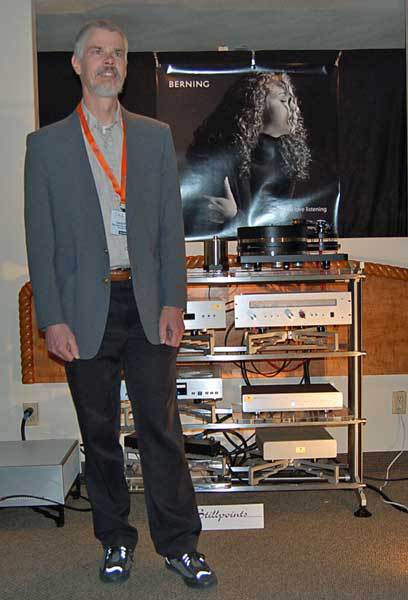
|